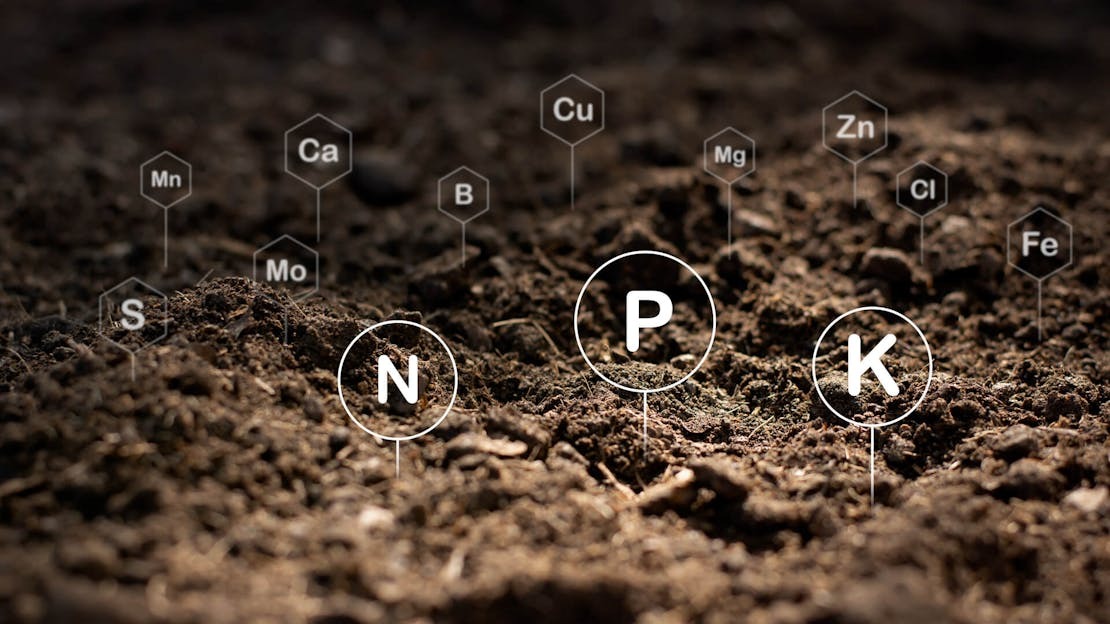
Planning the New Lawn
If you get this part right the grass will be easier to maintain and cause fewer lawn care problems. Timing is also important when sowing grass seed or laying turf
Soil, pH & Amendments
If you’re spending a lot of time and money on an ornamental or croquet lawn then you MUST get a soil test done at a laboratory. You should also request advice and recommendations on required soil amendments for the type of grasses you will be growing. Even if you’re not planning an ornamental lawn a soil test is still a good idea as it can save trouble later on down the road particularly if you’re grassing a largish area. At a minimum buy a pH tester, it may well save you sowing the wrong grass seed or turf! If you’re not getting a soil test done and don’t intend amending the soil then a few simple tips are worth considering:. If you get this bit right not only will the lawn look and grow better it will also be easier to maintain and cause fewer problems.
- If the soil is heavy, clay, poorly draining or neutral pH (6 to 7) plant rye or tall fescue grass seed or turf – Lawnsmith® EASYGREEN, CLASSIC or STAYGREEN
- If the soil is very sandy, freely draining or with an acidic pH (5 to 6) then sow these grass mixtures – Lawnsmith® ORNAMENTAL, CLASSIC or STAYGREEN
- If the soil is alkaline (pH 7+) or chalky go with Lawnsmith® EASYGREEN, STAYGREEN or CLASSIC
- If the soil is primarily builder’s rubble buy a minimum of 3” – 4” good loam topsoil or use Lawnsmith® STAYGREEN
Slopes
These may be planned or part of the existing landscape. Whichever they are consider the following:
- Steep slopes are hard to mow and dry very quickly
- The top should curve gradually otherwise you’ll get a lot of scalping with the mower
- The bottom of the slope can get water logged
- Use turf on moderate to steep slopes. You may even need to peg the turf on steep slopes to stop it sliding downhill until it roots
Lawn Drainage
There are two factors here. Firstly drainage from the lawn; ideally you want this away from the house if the lawn runs up to the walls. If the lawn slopes the wrong way install drainage along the wall otherwise it’ll just end up as mud.
Secondly, patios and driveways can drain into the lawn; if you have a slow draining heavy soil this can cause considerable stress to the grass. If this is the case put in drainage tiles or ‘soak-aways’ at the lawn edge or put drains into the patio or driveway.
If the site is particularly prone to water logging then installing a free draining base layer may be the answer.
Lawn Edges
If these are alongside borders then put a 30 degree slope outwards and downwards so that the bottom of the edge projects into the border. This will help prevent the roots drying prematurely.
Edges that border a hard surface such as driveways:
- Ensure the hard surface material is not under the lawn edge and the lawn has at least 15cm (6") of soil depth
- The hard surface not only gets quite hot but also retains heat in the summer and promotes rapid drying of the lawn egde. Try and install a thermal barrier of some kind between the lawn edge and the hard surface. Pressure treated timber works as does heavy duty deep plastic edging.
Lawn Design
I’m not a garden designer but I know what makes for an easy to maintain lawn:
- Keep it simple shape – K.I.S.S.
- Narrow entry points (steps and paths) to the lawn concentrate foot traffic in those areas. Keep access points as wide and numerous as possible
- Straight edges and gentle curves are easiest to mow and maintain
- Limit the number of islands or obstacles in the lawn. Bird baths, lawn centred shrubberies, trees, ponds etc make mowing slower and harder and increase edging chores
- Keep narrow areas to a minimum. An optimum width is one where mowing can be done in either direction – east to west or north to south
- If you intend striping the lawn with the mower simple shapes are best – K.I.S.S.
- If you are planning an ornamental lawn consideration must be given to making scarifying and aeration as easy as possible – K.I.S.S.
- Will the lawn get sufficient light? Choose your seed or turf accordingly and make changes to design if light is expected to be very low
Lawn Levels
If you are happy with the depth or levels of the area then maintaining it as you prepare the ground is all that is important. However, if changes need to be made or you are adding volume with additional soil you will need to mark out with pegs and string the new levels you wish to achieve. These should only be removed once final levels are achieved in the surface preparation stage.
Project timing
For seeding a lawn consider April onwards when temperatures start getting to 120C and are consistently above 80C. Summer months are great if you can be diligent with watering if there is little or no rain. Late August and September are also ideal when the rains start but before the autumn gets chilly.
Turfing can be done at pretty much any time though summer will require considerable watering. Therefore, turfing is best done in cooler wetter conditions and makes a perfect winter job with November to March being the traditional turfing period.
Finally, don’t rush; the more time you can give the project the better. This is particularly true when you come to preparing the soil and a clean seed bed.